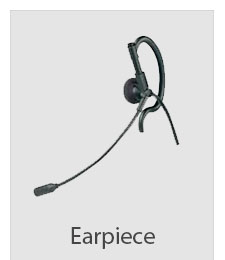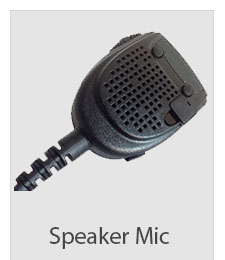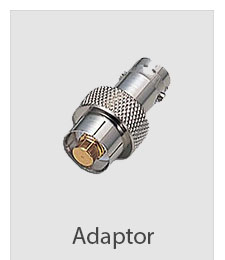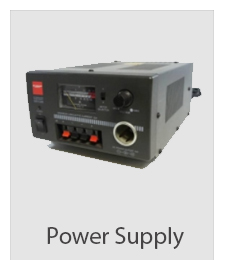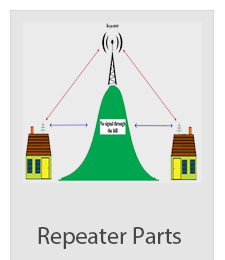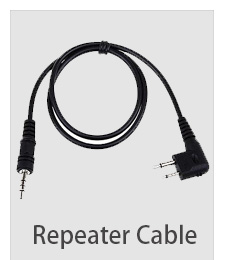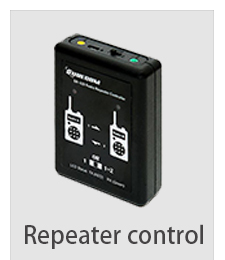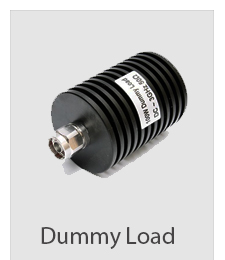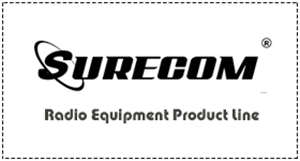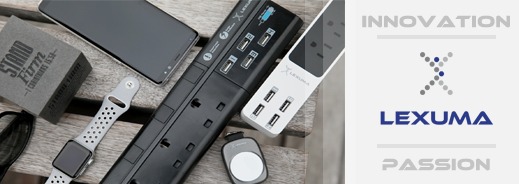How Ubiquitous Networking Will Work
Mobile computing devices have changed the way we look at computing. Laptops and personal digital assistants (PDAs) have unchained us from our desktop computers. A group of researchers at AT&T Laboratories Cambridge are preparing to put a new spin on mobile computing. In addition to taking the hardware with you, they are designing a ubiquitous networking system that allows your program applications to follow you wherever you go.
By using a small radio transmitter and a building full of special sensors, your desktop can be anywhere you are, not just at your workstation. At the press of a button, the computer closest to you in any room becomes your computer for as long as you need it. In addition to computers, the Cambridge researchers have designed the system to work for other devices, including phones and digital cameras.
As we move closer to intelligent computers, they may begin to follow our every move. In this edition of How Stuff WILL Work, we will look at the parts of such a system and how they allow our data and information to move with us.
In order for a computer program to track its user, researchers had to develop a system that could locate both people and devices. The AT&T researchers came up with the ultrasonic location system. This location tracking system has three basic parts:
Bats - small ultrasonic transmitters worn by users
Receivers - ultrasonic signal detectors embedded in ceiling
Central controller - coordinates the bats and receiver chains
Users within the system will wear a bat, a small device that transmits a 48-bit code to the receivers in the ceiling. Bats also have an imbedded transmitter which allows it to communicate with the central controller using a bidirectional 433-MHz radio link.
Bats are 3 inches long (7.5 cm) by 1.4 inches wide (3.5 cm) by .6 inches thick (1.5 cm), or about the size of a pager. These small devices are powered by a single 3.6-volt lithium thionyl chloride battery, which has a lifetime of six months. The devices also contain two buttons, two light-emitting diodes (LEDs) and a piezoelectric speaker, allowing them to be used as ubiquitous input and output devices, and a voltage monitor to check the battery status.
A bat will transmit an ultrasonic signal, which will be detected by receivers located in the ceiling approximately 4 feet (1.2 m) apart in a square grid. There are about 720 of these receivers in the 10,000-square-foot building (929 m2) at the AT&T Labs in Cambridge. An object’s location is found using trilateration, a position-finding technique that measures the objects distance in relation to three reference points.
If a bat needs to be located, the central controller sends the bat’s ID over a radio link to the bat. The bat will detect its ID and send out an ultrasonic pulse. The central controller measures the time it took for that pulse to reach the receiver. Since the speed of sound through air is known, the position of the bat is calculated by measuring the speed at which the ultrasonic pulse reached three other sensors. This system provides a location accuracy of 1.18 inches (3 cm) throughout the Cambridge building.
By finding the position of two or more bats, the system can determine the orientation of a bat. The central controller can also determine which way a person is facing by analyzing the pattern of receivers that detected the ultrasonic signal and the strength of the signal.
|






